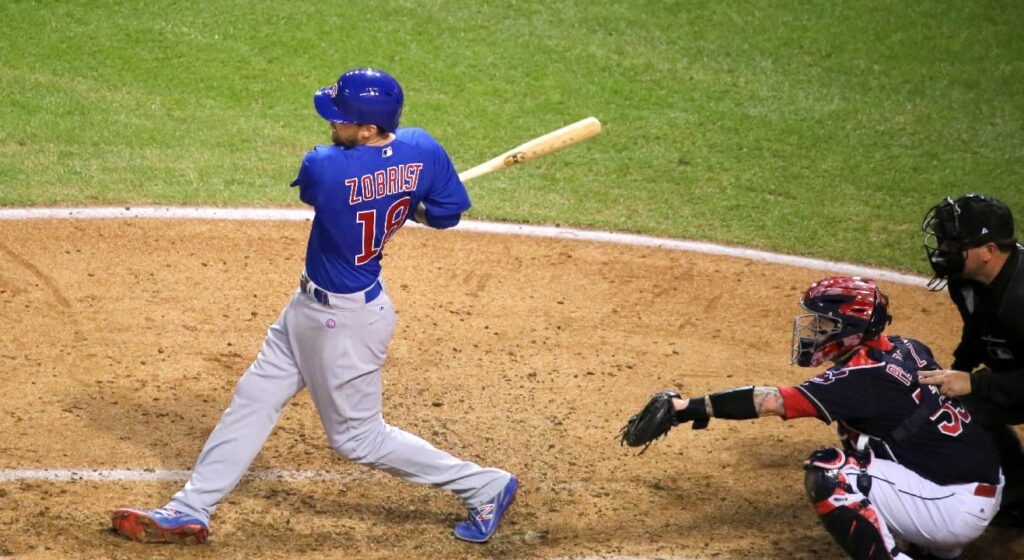The question “How Many Baseball Games In A Season?” might seem simple, but it opens up a fascinating look into the structure, history, and sheer endurance of professional baseball, particularly Major League Baseball (MLB). For fans and players alike, understanding the length and components of a baseball season is crucial to appreciating the sport’s unique rhythm and challenges. Let’s delve into the specifics of an MLB season and explore what makes its game count so significant.
 A baseball game in progress, illustrating the numerous games played in a baseball season, with a focus on Major League Baseball's 162-game schedule.
A baseball game in progress, illustrating the numerous games played in a baseball season, with a focus on Major League Baseball's 162-game schedule.
The Standard 162-Game Regular Season in MLB
In Major League Baseball, the gold standard for a full season is 162 games for each of the 30 teams. This has been the established number since the early 1960s, marking a significant increase from earlier, shorter seasons in baseball history. The American League adopted the 162-game schedule in 1961, followed by the National League in 1962. This expansion was designed to increase revenue and fan engagement, while also providing a more comprehensive test of team quality over a long and demanding season.
This extensive schedule stretches from late March or early April to the end of September, creating a near-daily spectacle for baseball enthusiasts. The sheer volume of games is intended to thoroughly evaluate each team’s strengths, weaknesses, and resilience. It’s a marathon, not a sprint, where consistency, depth, and strategic roster management are as crucial as raw talent. This grueling pace sets MLB apart from many other major sports leagues and contributes to the unique narrative arc of a baseball season.
Decoding the MLB Season Structure: Divisional and Interleague Play
To reach the total of 162 games, the MLB season is carefully structured with a combination of divisional play and interleague play. Divisional play forms the cornerstone of the schedule. Teams play a significant number of games against their division rivals – those within the same geographical grouping (East, Central, or West in both the American and National Leagues). These divisional matchups are vital for building rivalries, fostering local fanbases, and, most importantly, determining division winners who earn automatic playoff berths. Typically, a team will play approximately 76 games against their divisional opponents.
Interleague play adds another layer of complexity and excitement to the schedule. Introduced in 1997, interleague play pits teams from the American League against teams from the National League during the regular season. This was a relatively novel concept in baseball, traditionally a sport deeply rooted in league identity. Interleague play is scheduled on a rotating basis, ensuring that over time, all teams have the opportunity to face opponents from the other league. This not only diversifies the competition but also creates intriguing matchups that might otherwise only occur in the World Series. Around 20 games of the 162-game schedule are dedicated to interleague contests. The remaining games are played against other teams within the same league but outside of their division.
This balanced structure of divisional, intra-league, and interleague games ensures a robust and varied schedule that tests teams across different opponents and playing styles, making the regular season a true test of baseball prowess.
Beyond 162: Postseason Games and the Quest for the World Series
While 162 games define the regular season game count, the journey of a successful baseball team doesn’t end there. For teams that qualify, the postseason playoffs add a significant number of potential games to their season total. The playoffs are a bracketed tournament that determines the World Series champion. Qualifying teams first compete in the Wild Card Series (depending on the year and playoff format, this could be a single game or a best-of-three series), followed by the Division Series (best-of-five), the League Championship Series (best-of-seven), and finally, the World Series (best-of-seven).
A team that advances all the way to the World Series could play a maximum of 19 additional games in the postseason (assuming they play the maximum number of games in each series: 3 in Wild Card, 5 in Division Series, and 7 each in the League Championship and World Series). This means a team reaching the pinnacle of baseball success could play up to 181 games in a single season (162 regular season + 19 postseason). This grueling extension of the season puts immense pressure on players, requiring peak performance and stamina deep into October.
It’s important to note that this figure doesn’t include Spring Training games, which are preseason exhibition games played in February and March to prepare teams for the regular season. These games are crucial for player conditioning and team strategy but do not count towards the official regular season or postseason totals.
The Impact of a Lengthy Baseball Season
The extensive number of baseball games in a season has profound implications for the sport. From a player’s perspective, it demands incredible physical and mental endurance. The daily grind of games, travel, and constant competition requires rigorous training, careful injury management, and deep reserves of mental fortitude. Teams must build deep rosters to withstand the attrition of a long season, relying on a combination of starting players and capable reserves.
Strategically, the 162-game season allows for a nuanced evaluation of team performance. Hot streaks and slumps are evened out over time, revealing the true quality and consistency of each team. Managers must carefully manage pitching rotations, optimize batting lineups, and make strategic in-game decisions across a vast number of contests. The long season also builds compelling narratives and storylines that unfold over months, keeping fans engaged and invested in the journey of their favorite teams.
In conclusion, while the straightforward answer to “how many baseball games in a season?” is 162 for MLB regular season, understanding the context of divisional and interleague play, the potential for postseason games, and the overall impact of this extensive schedule reveals the true depth and complexity of a professional baseball season. It’s a testament to endurance, strategy, and the enduring appeal of baseball’s long and winding journey from spring training to the fall classic.
